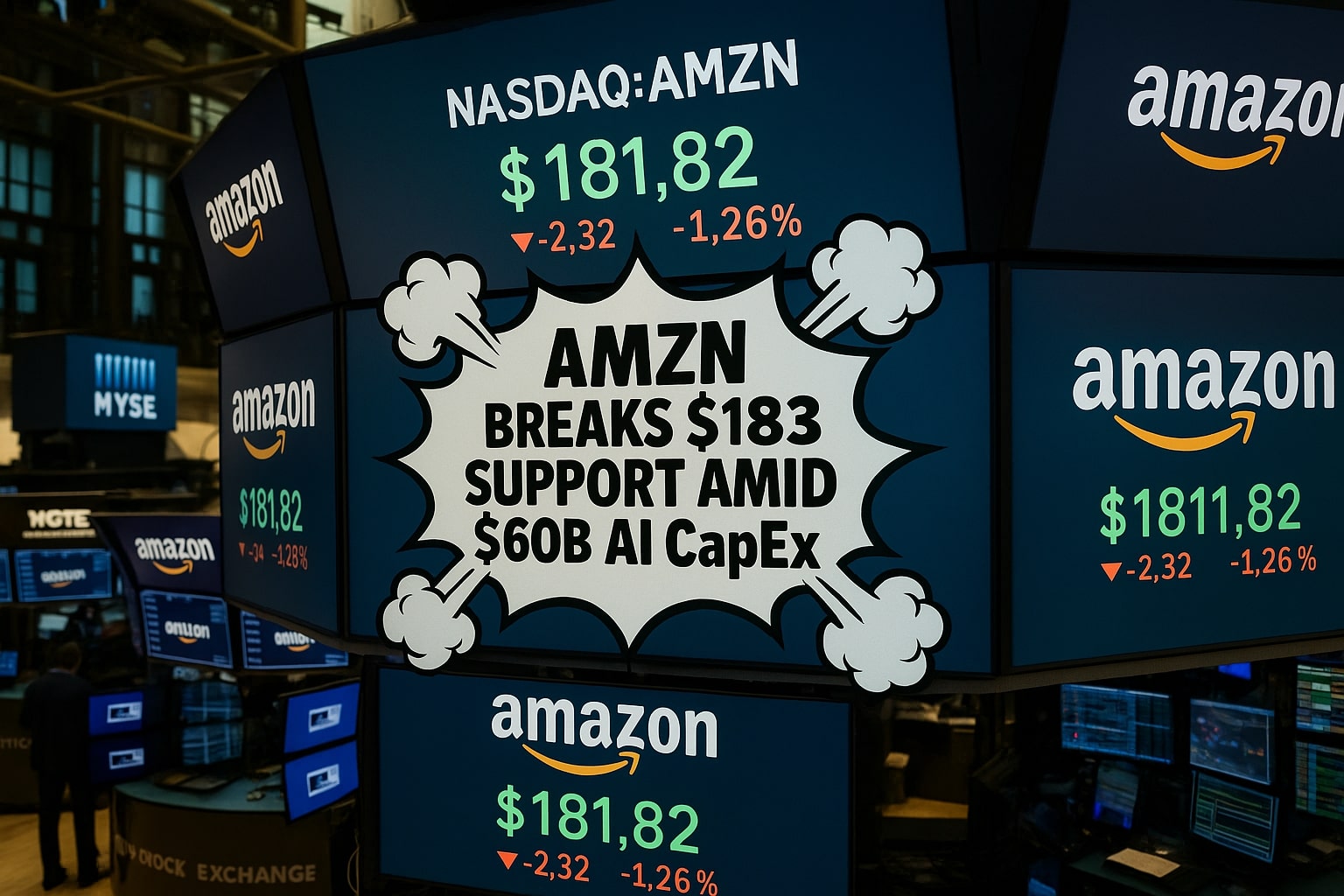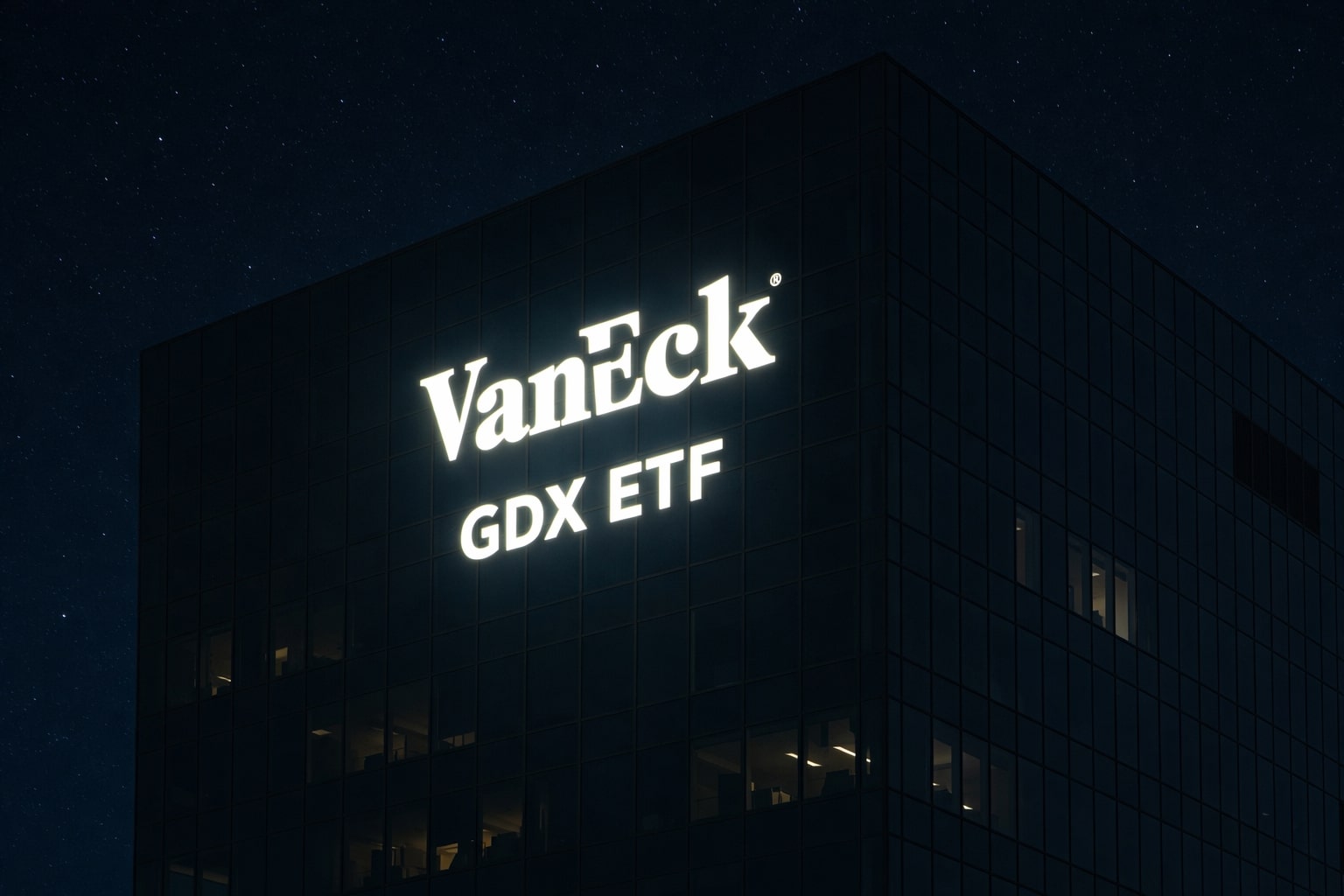Amazon Faces Margin Erosion As AI Spending Ramps Up
Amazon’s current price deterioration stems not from revenue decline, but from a shift in investor tolerance for deferred profitability. The company has entered a hyper-investment phase in AI infrastructure, logistics automation, and robotics, which is weighing on short-term margins. While other tech giants are monetizing AI through software and productivity tools, Amazon is embedding it into physical infrastructure — a move that magnifies operating costs before profits can be realized.
Q2 2025 earnings showed the impact clearly: Amazon’s revenue climbed to $134.4 billion, but the operating margin narrowed to 5.2%, down from 7.6% in Q1. This near 240 bps compression erased nearly $3 billion in operating income, raising serious concerns among analysts who were pricing in near-term margin expansion. Instead, Amazon is using excess cash flow to fund massive CapEx, and it’s testing investor patience.
Robotic logistics and AI capacity expansion undercut near-term profit
The most aggressive capital reallocation is happening in Amazon’s fulfillment and AWS divisions. Amazon has now deployed more than 750,000 robots across its global logistics network. These machines aren’t just automating; they are learning and adapting to warehouse throughput, powered by newly integrated LLMs and vision systems. On the AWS side, the company is building out custom inferencing infrastructure to compete with Nvidia-dominated platforms.
This transformation demands massive investment. Analysts estimate Amazon’s AI infrastructure CapEx for 2025 will exceed $60 billion, compared to $48 billion in 2024. Much of that is front-loaded into Q2 and Q3, leading to deteriorating free cash flow, now estimated at -$2.6 billion for the quarter — a reversal from +$5.3 billion last year. The market is responding to this burn, not the revenue line.
Technical structure shifts bearish with key support breached
From a technical standpoint, Amazon’s chart confirms institutional hesitation. The stock broke down below $183, triggering sell signals across key momentum indicators. The 50-day EMA has turned downward, and RSI dropped below 44, confirming lack of bullish momentum. The price action now targets $173, with potential secondary support near $168, which was previously a Q1 2025 base level before the AI rally.
A failed attempt to reclaim $188, even on good macro data, would further confirm the downtrend. Institutional volume has shifted from accumulation to net distribution since mid-July.
Insider activity reflects tactical selling, not confidence
While there’s no panic selling from insiders, Form 4 filings show multiple executives selling shares in small batches across the past four weeks. This includes Amazon’s AWS and robotics divisions, hinting that leadership sees no immediate stock rebound. No purchases have been disclosed in the same timeframe. Public fund data also reveals trimming from at least four active managers, including technology-weighted mutual funds and hedge fund 13F reports.
Here’s a live feed of those filings: Amazon Insider Transactions
Combined with the technical breakdown, insider flows suggest a cautious stance from those closest to the company’s long-term strategy.
Macro risk adds further downside pressure
The macro overlay is not helping Amazon’s situation. The Fed’s commitment to higher-for-longer policy is elevating debt servicing costs for corporate giants with heavy CapEx cycles. Meanwhile, logistics inflation and wage increases in key North American fulfillment centers are further squeezing operating leverage.
In Europe, a slower-than-expected e-commerce recovery and weaker consumer sentiment are pushing international revenue into single-digit growth territory. On the regulatory side, both US and EU watchdogs are stepping up scrutiny of AWS cloud contracts, potentially introducing risk to Amazon’s pricing power in 2026.
Verdict: Hold with downside bias to $230 unless margin reversal triggers
Amazon’s long-term strategy is bold and potentially transformative. But right now, the numbers do not support a buy. Margin compression, insider selling, technical breakdown, and macro pressure all point to one conclusion: AMZN is a HOLD, with downside exposure to $183. A bullish reversal will require either (1) a stabilization in margins, or (2) market validation that CapEx is driving clear top-line acceleration in AWS.
Until then, Amazon remains a brilliant business caught in a dangerous market phase — a company building tomorrow’s infrastructure while today’s market demands cash.



















